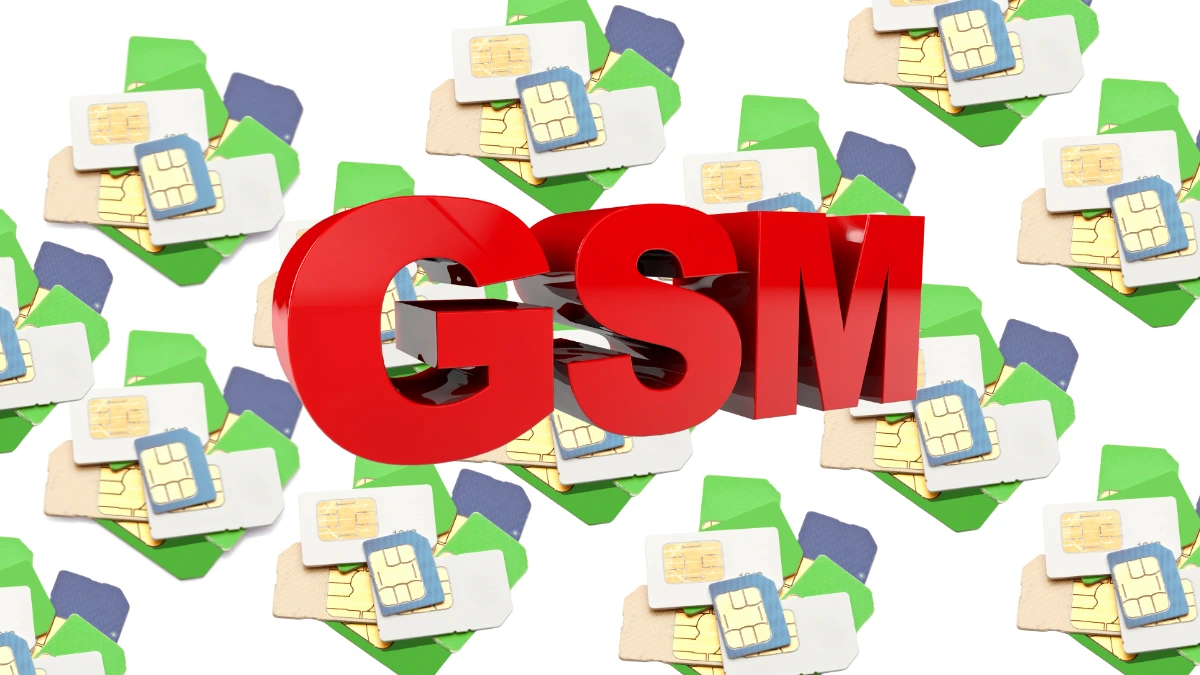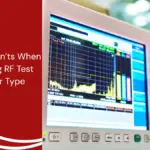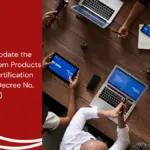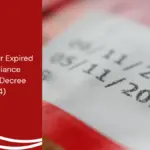Global System for Mobile Communications (GSM) can be interpreted as a digital cellular communication technology. GSM technology is widely applied to mobile communications, especially mobile phones.
With the increasing use of GSM, the Indonesian government through Decree of the Minister (KEPMEN) No 45 of 2025 from the Ministry of Communication and Digital (KOMDIGI) has established wireless power transmission testing standards to ensure that these devices are safe, efficient, and do not interfere with each other.
This direction is planned to guarantee that all remote control transmission gadgets circulating in Indonesia must guarantee their quality, security, and compliance with pertinent controls through testing measures.
Also Read
This article will completely talk about the GSM testing guidelines based on the most recent directions, counting the certification steps you require to know.
Table of Contents
New Regulations on GSM

KEPMEN KOMINFO No 45 of 2025 specifies wireless power transmission operational frequencies to ensure devices work without interfering with other devices.
This control covers radio repeat prerequisites, most noteworthy transmit control, and testing for wild surges (spurious emissions).
The following are the standard specifications:
| Band | Radio Frequency Band Range | Duplex Mode | |
| Uplink (MHz) | Downlink (MHz) | ||
| GSM 850 | 824-849 | 869-894 | FDD |
| P-GSM 900 | 890-915 | 935-960 | FDD |
| E-GSM 900 | 880-915 | 925-960 | FDD |
| R-GSM 900 | 876-915 | 921-960 | FDD |
| ER-GSM 900 | 873-915 | 918-960 | FDD |
| DCS 1800 | 1710-1785 | 1805-1880 | FDD |
GSM Test Method
GSM testing is carried out to ensure the device meets technical standards. Ministerial Decree of the Ministry of Communication and Digital No. 45 of 2025. Here are some of the main points in the test:
| Parameter | Testing Method |
| Output Power | ETSI EN 301 511 clause 5.3.5; and/or ETSI TS 151 010-1 clause 13.3 |
| Output RF Spectrum | ETSI EN 301 511 clause 5.3.6; ETSI EN 301 511 clause 5.3.9; ETSI TS 151 010-1 clause 13.4; and/or ETSI TS 151 010-1 clause 13.9 |
| Conducted Spurious Emission | ETSI EN 301 511 clause 5.3.12; ETSI EN 301 511 clause 5.3.14; ETSI TS 151 010-1 clause 12.1.1; and/or ETSI TS 151 010-1 clause 12.3.1 |
| Frequency Error | ETSI EN 301 511 clause 5.3.1; and/or ETSI TS 151 010-1 clause 13.1 |
| Reference sensitivity level | ETSI EN 301 511 clause 5.3.42; ETSI EN 301 511 clause 5.3.46; ETSI TS 151 010-1 clause 14.2.1; and/or ETSI TS 151 010-1 clause 14.2.9 |
GSM Type Approval and Certification Process in Indonesia
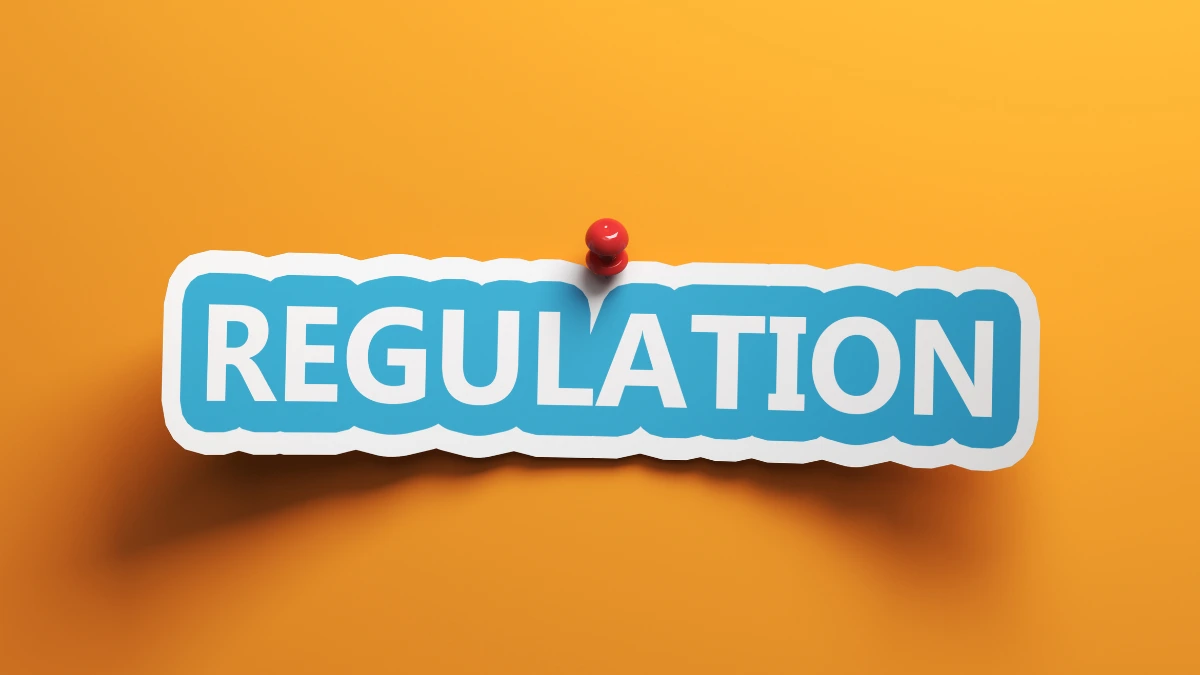
For Microwave Link devices to be used legally in Indonesia, certification from DJID is required. Here are the steps to get it:
Pre-testing the device
Before official testing, the gadget must be pre-tested to begin with utilizing measuring gear such as a range analyzer.
This helps ensure devices meet technical standards before being tested in authorized laboratories.
Testing at an official laboratory
After passing the pre-testing, the gadget will be sent to an assigned official research facility to experience testing by the guidelines stipulated in the Ministerial Decree of the Ministry of Communication and Digital No. 45 of 2025.
Issuance of certificates
After the gadget passes testing, an official certificate will be issued by DJID. This certificate is a requirement to market the device legally in Indonesia.
Tips to ensure standards compliance
- Learn the latest regulations: Make sure you understand every detail of the Ministerial Decree of the Ministry of Communication and Digital No. 45 of 2025, including technical requirements and test methods.
- Perform pre-testing: Before official testing, perform pre-testing to ensure the device meets standards. If you don’t have a measuring instrument, use the DJID certification service which provides pre-testing services.
- Counsel a master: If this is your to begin with time looking for certification, consider utilizing the administrations of experienced DJID certification administrations. <UN>

